Date: 28 March 2014
IIT’s short video, Turning Glass Into High Value Powders, shows how its milling systems are being successfully utilised in glass recycling operations where material previously regarded as waste is now being used in commercial applications and generating new revenue streams.As well as the conventional reduction of glass waste into cullet for re-use in the glass production process, it has long been recognised that powdered glass has a range of potential useful applications.These include its use as a filler in paints and plastics, for landscaping purposes, as a fluxing agent in bricks and ceramics, in shot blasting and abrasive products, as an insulation material in the construction industry and as a filtration aid in water treatment.Historically the unfavourable economics associated with the effective fine milling of waste glass in conventional grinding systems has largely ruled out these potential applications, but the availability of low energy fine grinding systems is now overcoming this problem.The majority of traditional grinding processes are air swept systems in which the feed materials are introduced into the grinding chamber in a stream of air.These type of mills require significant power to maintain air and product flow through the system. In addition‚ many conventional ball mill and similar grinding systems involve the fairly random application of the attrition force on the material in the mill and can be highly inefficient.
The new video produced by IIT uses special graphics and animations to explain how the IIT vertical m-series mill, uses gravity and centrifugal forces to maximise the grinding efficiency of the system with very low electrical energy input being required relative to the fineness and volume of powder produced. By comparison‚ traditional milling process typically utilise between 3 and 10 times higher energy levels than the IIT technology.
As a result, the glass industry, waste management and recycling sectors are all showing considerable interest in the potential of new IIT low energy fine grinding technology to successfully convert what would otherwise be regarded as a waste material to be consigned to landfill, into a re-usable, higher value commercial product.
The special video is available for viewing via the You Tube link at www.iituk.com or by visiting www.youtube.com/watch

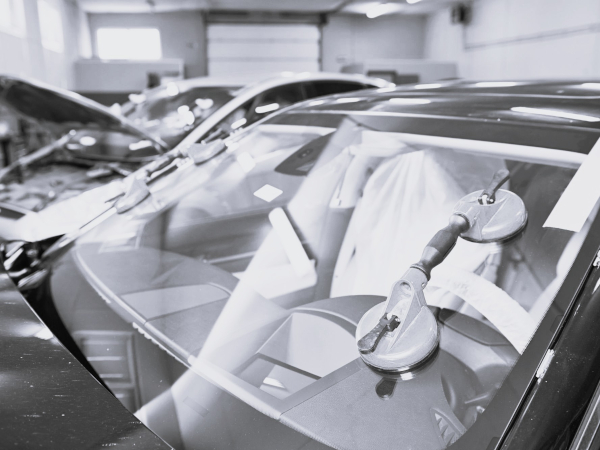
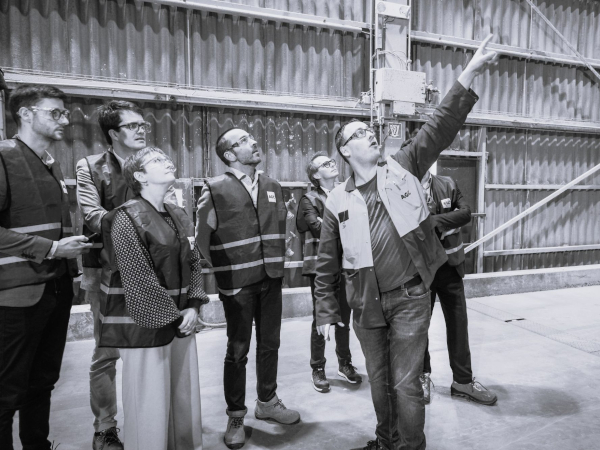
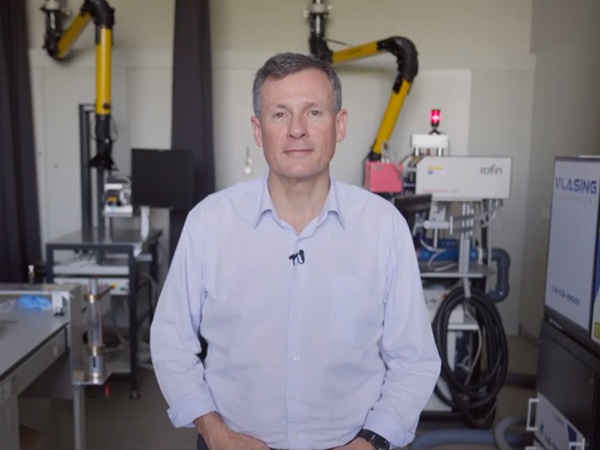
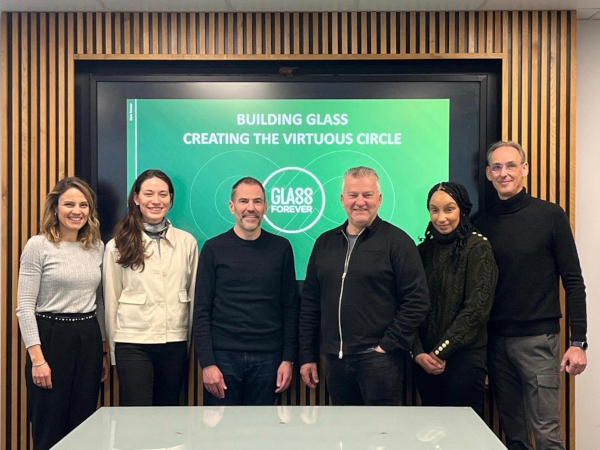
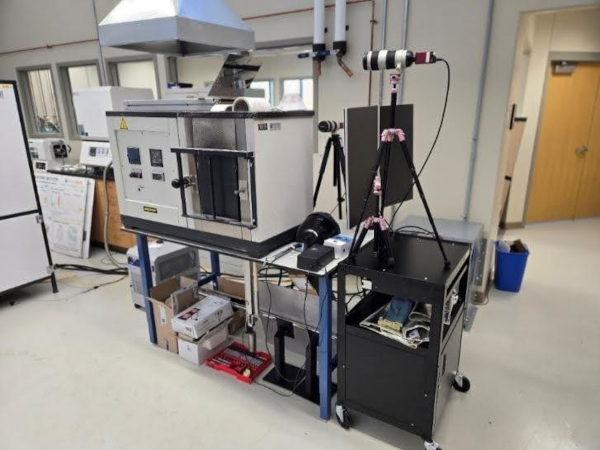
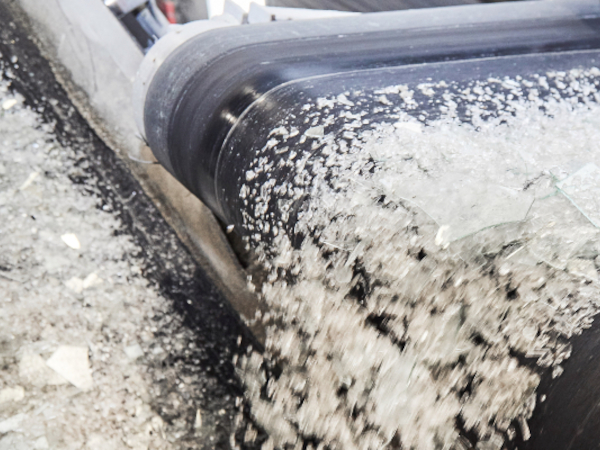
Add new comment